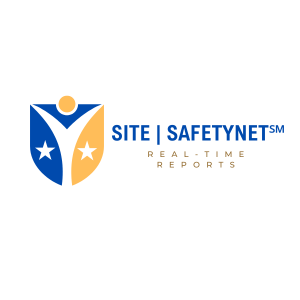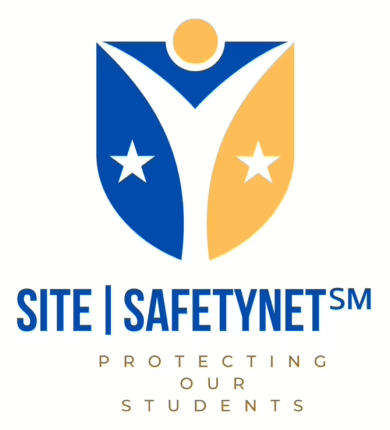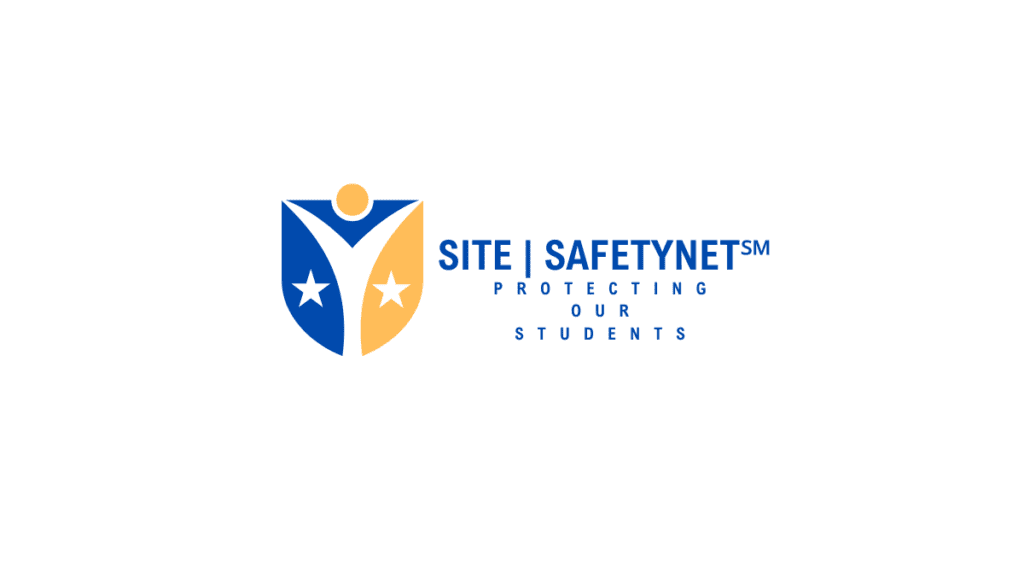 By Robert Jordan, Founder of SITE| SAFETYNET℠
By Robert Jordan, Founder of SITE| SAFETYNET℠
One of the most critical components of a K-12 emergency response plan is the reunification process. Ensuring that students are safely reunited with their families after a campus emergency is a highly complex task that requires meticulous planning. If mishandled, it can have long-lasting traumatic effects on students, staff, and parents.
About SITE| SAFETYNET℠
At SITE| SAFETYNET℠, we are dedicated to eliminating school shootings and enhancing the overall safety of educational environments. Our organization offers a comprehensive suite of cloud-based safety assessment applications designed to evaluate and improve the security of K-12 schools. Our platform provides systematic safety audits explicitly tailored for educational institutions and offers ongoing reassessments to ensure that safety measures remain practical and up-to-date.
The Importance of Technology in K-12 Reunification Plans
Leveraging technology and effective communication is essential in enhancing reunification efforts. Advanced tools and communication channels can streamline the dissemination of information, ensuring timely and accurate updates during emergencies. Regular training exercises and drills are crucial to familiarize all stakeholders with reunification procedures, fostering a culture of preparedness within school communities.
Critical Elements of a Successful Reunification Plan
- Preparation and Planning:
- Develop a detailed reunification plan that outlines the roles and responsibilities of staff members.
- Identify primary and secondary reunification sites and ensure they are well-equipped to handle the process.
- Communication:
- Establish clear communication channels between school officials, parents, and emergency responders.
- Utilize technology to provide real-time updates and instructions to parents and guardians.
- Training and Drills:
- Conduct regular reunification drills to ensure staff, students, and parents know the procedures.
- Include various scenarios in drills to prepare for different types of emergencies.
- Identification and Documentation:
- Implement a system for accurately identifying and documenting students during the reunification process.
- Ensure that all students are accounted for and matched with the correct guardians.
- Emotional Support:
- Acknowledge and address the emotional impact of emergencies on students, staff, and parents.
- Provide resources and support to help individuals cope with the stress and trauma associated with such events.
Steps for Implementing a Reunification Plan
- Develop a Reunification Team:
- Assemble a team responsible for managing the reunification process. This team should include administrators, teachers, counselors, and security personnel.
- Create a Reunification Kit:
- Prepare a kit containing essential items such as student rosters, identification badges, communication devices, and first aid supplies.
- Establish Clear Procedures:
- Outline step-by-step procedures for each stage of the reunification process, from initial notification to the final release of students to their guardians.
- Coordinate with Local Authorities:
- Work closely with local law enforcement and emergency responders to ensure a coordinated and efficient response.
- Evaluate and Update the Plan:
- After each drill or real-life event, evaluate the effectiveness of the reunification plan and make necessary adjustments.
By focusing on these key elements and steps, schools can develop robust reunification plans that ensure the safe and efficient reunification of students with their families during emergencies. Proper planning, regular training, and effective communication are essential to minimizing the traumatic impact on all individuals involved and maintaining a safe school environment.
At SITE| SAFETYNET℠, we are committed to providing the tools and resources needed to support schools in creating effective emergency response plans. Our platform assesses current safety measures and offers continuous reassessment to adapt to new challenges and ensure the highest school safety standards.
Protecting Our Students

